Playground
for the Arts
At Cheongju’s Dongbu Changko,
an Old Tobacco Leaf Warehouse Now Brings
Communities Together through Culture
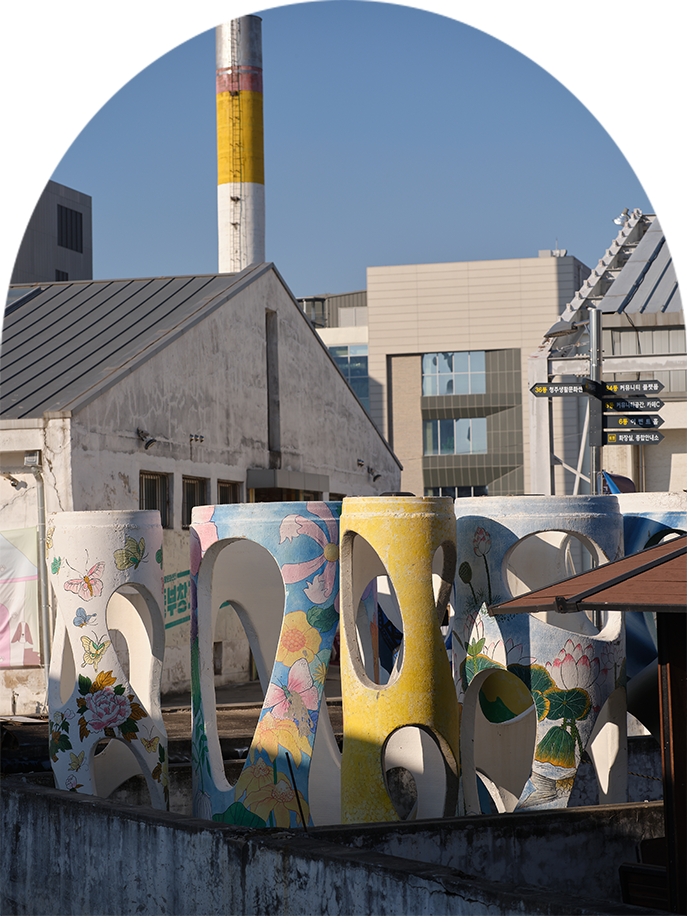
WRITTEN BY
Park Hye-ryeong,
team leader of Policy Planning Department, Cheongju Cultural Industry Promotion Foundation
Photographed by
Studio Kenn
In August 2019, a disused tobacco processing plant in Cheongju that stood abandoned for almost ten years became a center of arts and culture. Built in 1946, the nearly 80-year-old industrial complex was finally reborn as a cultural space that includes the Cheongju Biennale’s main venue, the Cheongju branch of the National Museum of Modern and Contemporary Art (MMCA) and the Cheongju Urban Hi-Tech Cultural Industrial Complex. Let’s explore Dongbu Changko, another part of this cultural space.
A Warehouse Holding
Memories of Time
Back when the 3,000 workers of the Cheongju Tobacco Processing Plant were producing 10 billion cigarettes per year, Dongbu Changko was where the tobacco leaves purchased from farmers were warehoused. The large-scale factory and storage warehouses were masterpieces of their time created by the Monopoly Bureau, which ran the factory. The buildings were constructed thanks to the collaboration and building techniques shared between Korean and foreign construction companies. Dongbu Changko, which maintains its original form―including its unique wood roof, called a Fink truss―has unique significance from an architectural perspective. There are several other buildings in Korea constructed in the modern period that have a similar roof structure, including Nabawi Catholic Church in Iksan (1906), the old Naju Police Station (1910), President Syngman Rhee’s temporary residence in Busan (1926) and Seodaemun Prison (1929). There were around ten separate buildings on the complex when it was first built, but the small storage warehouse and purchasing offices were gradually demolished when the tobacco processing plant shut down in 1999. Now there are only seven buildings left, including Buildings 34 to 38, Building 6 and Building 8.
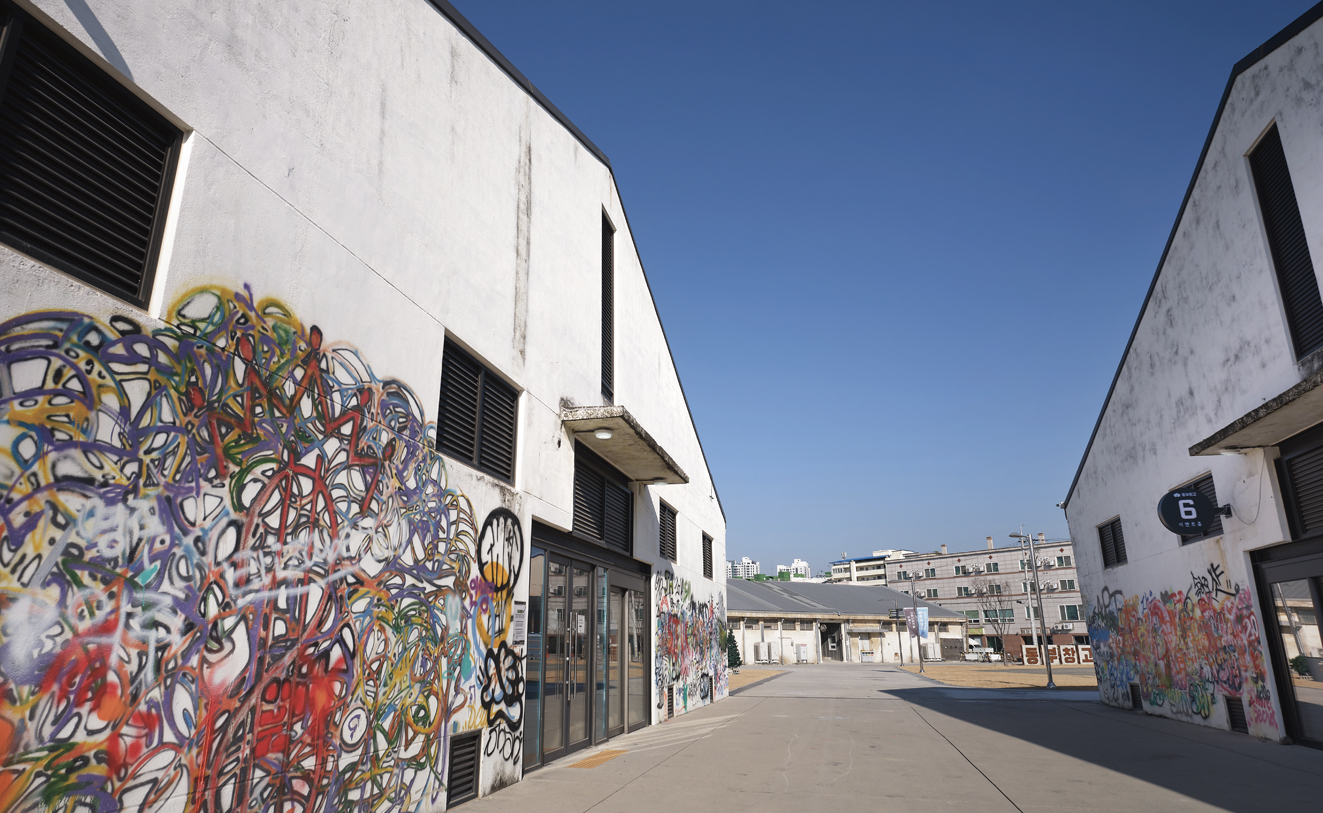
Storing Culture,
Not Tobacco Leaves
In 1999, as the tobacco processing plant ceased operations and there was no need for a storage warehouse for tobacco leaves, the city of Cheongju bought the seven buildings in the Dongbu Changko complex to turn it into a place of “culture.” Instead of demolishing the buildings and constructing new ones in their place, the city chose to reclaim the complex and in 2014―as part of a project to culturally rejuvenate shutdown industrial complex-es―the buildings in the Dongbu Changko complex were remodeled. The efforts began with remodeling Building 34 into the Community Platform, while Building 35 was turned into the Cheongju Performing Arts and Practice Space, Building 36 was transformed into the Cheongju Community Cultural Center, Building 6 into an events hall and Building 8 into a cafe. Buildings 37 and 38 were also remodeled into the “Dream Arts Center” (scheduled to open in 2022) and the “Creative Arts Education Space,” respectively, for use as places for the young and old to learn about the arts.
Storage Warehouse
to Playground for the Arts
The steady and diligent infusion of culture into Dongbu Changko has led to changes at the former storage warehouse over the past nine years. The warehouse, once home to stacked up tobacco leaves, is now a cultural and artistic playground that includes a community space, a practice space for performing arts, a community cultural center, a woodworking area, a food lab and performance hall, a community cafe and even a center for arts education. Dongbu Changko shows that the infusion of culture changes everything.
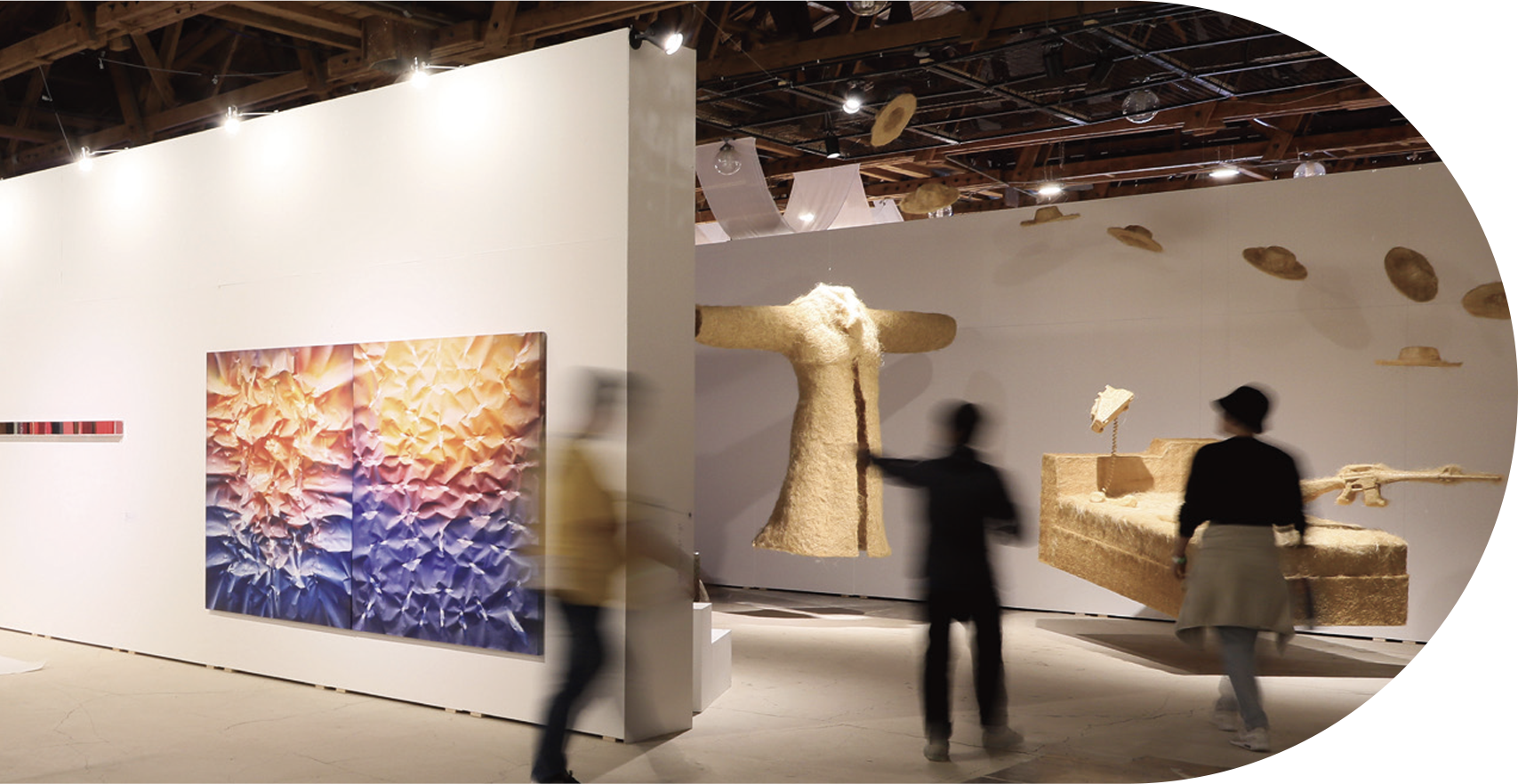
Dongbu Changko is the main venue of the Cheongju Biennale. © Cheongju Cultural Industry Promotion Foundation
Facilities
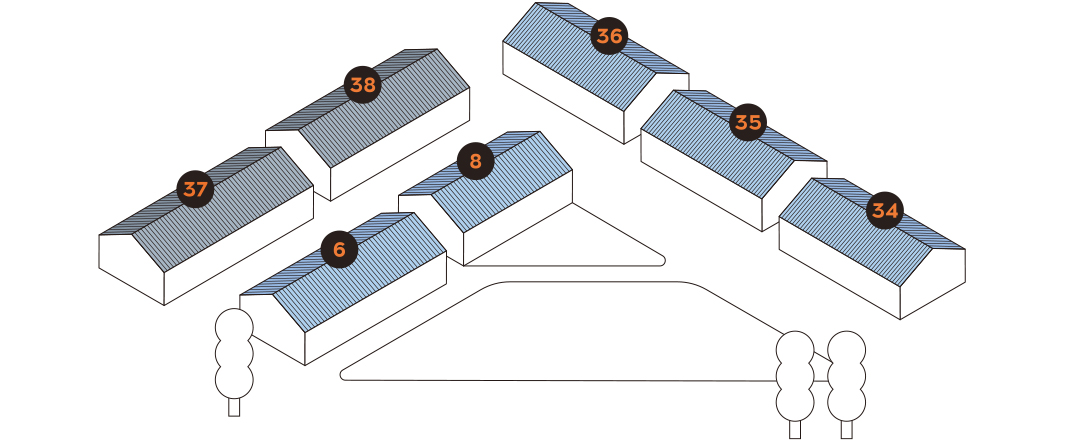
Building 34
Building 34, where the Community Plat-form is located, has a diverse range of spaces including a multi-purpose hall, gallery, woodcraft room and food lab. Anyone can rent out these spaces through the Dongbu Changko homepage and events are regularly held there, including the “Cheongju House Concert,” “Cheongju Dream Tree Orchestra Hyangsang Music Concert,” the “Moon Night” event and programs focused on cooking and woodworking.
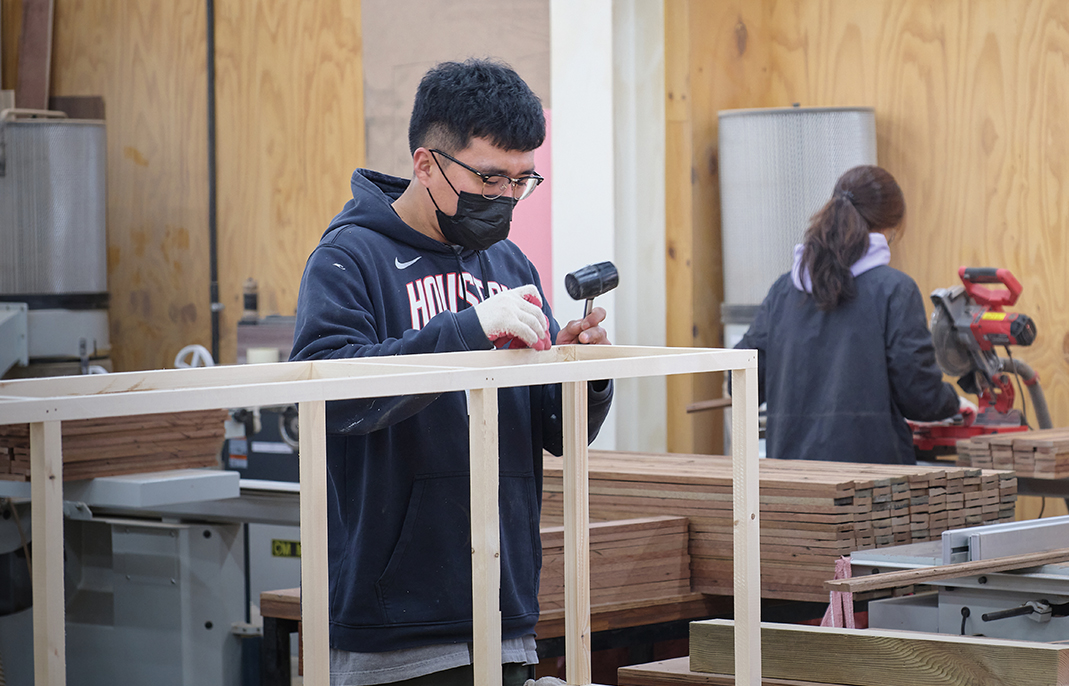
Carpenters at work in Dongbu Changko’s woodworking shop.
Buildings 35 and 36
Building 35, which holds the Cheongju Performing Arts and Practice Space, has practice rooms of many sizes that can be rented out cheaply, which makes them popular among professional performing arts groups and performing arts clubs made up of ordinary people. There is a large practice room and a mid-sized practice room, along with two small-sized practice rooms that include equipment required for performances such as dance floors, pianos, synthesizers, audio equipment and drums. Building 36, which hosts the Cheongju Community Cultural Center, includes a practice room, sewing room and a book alleyway. Individuals and arts clubs large and small can use these rooms as places to practice or study.

Visitors add graffiti to the walls of Dongbu Changko.
Buildings 6 and 8
Building 6, which hosts an events hall, is a space for various kinds of events including exhibitions, performances, flea markets and one-day classes. Café C, in Building 8―which opened in September 2019 following collaboration with local artisans and residents on its design, interior and even its signboard―goes beyond just selling beverages; it is a community space where everyone can interact and form solidarity with each other while engaging in cultural experiments. In line with its original purpose, the space serves as a stage for community activities large and small and is a hub for people to meet and interact in their daily lives. At the pop-up store in one corner of the space, exhibitions curated by locals and cultural products are available for purchase by visitors.

Exterior of Dongbu Changko.
Buildings 37 and 38
Building 37, where renovations began in 2021, hosts the Arts Center (scheduled to open in 2022), while Building 38 is home to the Creative Arts Education Space, which is an arts education-focused facility promoting “regeneration”, “innovation” and “togetherness”. In this space, artists can focus on sharing their artistic thinking through the use of visualization, body movement, sound, ecology and media while experimenting with creative art education. People can enrich their lives through the educational programs and artistic fun generated by artists here.
Mini Interview
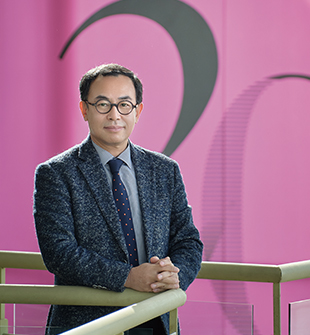
Pak Sang On
CEO of Cheongju Cultural Industry
Promotion Foundation
Q. Please give a brief history of the “Old Cheongju Tobacco Factory,” the predecessor of the Culture Factory which includes Dongbu Changko.
In the past, tobacco factories were one of the country’s important industrial bases. The Cheongju Tobacco Factory was the biggest, accounting for more than 90% of domestic tobacco production. Merchants of all kinds used to stretch from the factory to the center of town when workers here got paid. As industrialization began in the 1970s, the factory required less labor, and by 2004, it closed completely and was left abandoned for nearly 10 years. Cheongju City then acquired the area and the cultural regeneration project began.
Q. What do you want Dongbu Changko to be revived as in terms of “regeneration, rediscovery, and recycling of space”?
Dongbu Changko, an old cigarette factory reborn as a place where you can enjoy the arts any day of the year, has a long history and unique story that cannot be imitated. I dream that Dongbu Changko will become a space to relive memories of that time, a space to rediscover the story of Cheongju and an arts playground that is always open to the public. When neglected buildings, including warehouses across the country, are regenerated and recycled, I think it’s important to pay attention to the history and unique story of such places.
Other Articles
-
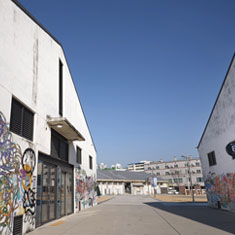
Special Ⅰ Playground for the Arts
-
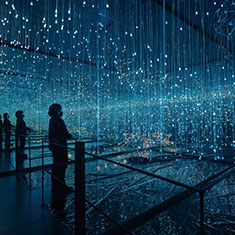
Special Ⅱ An Industrial Zone Revived
-

Trend Old Warehouses, New Faces
-
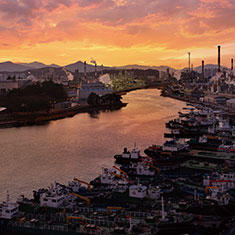
Hidden View Colorful Ocean
-
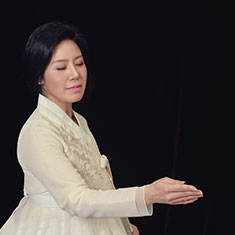
Interview Soprano Seo Sun Young
-
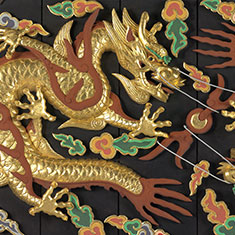
Art of Detail Magic Beasts
-

Film & TV A Justification for ‘The Silent Sea’
-

Collaboration Harmony Between Familiarity and Novelty
-
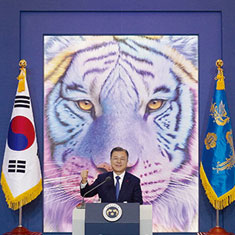
Current Korea Korea’s New Year Goals: Recovery and Peace
-
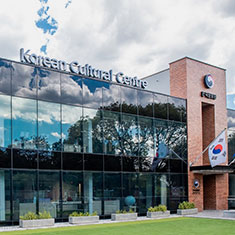
Global Korea Opening Ceremony of the Korean Cultural Center
